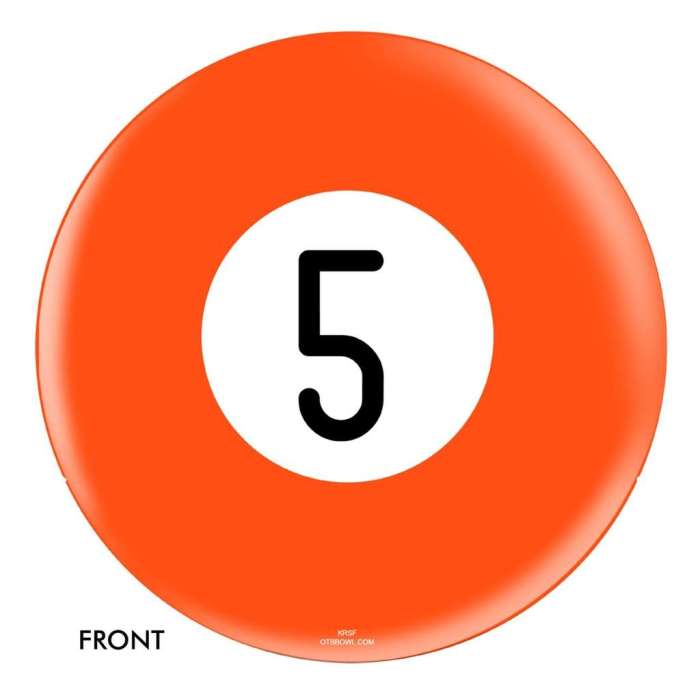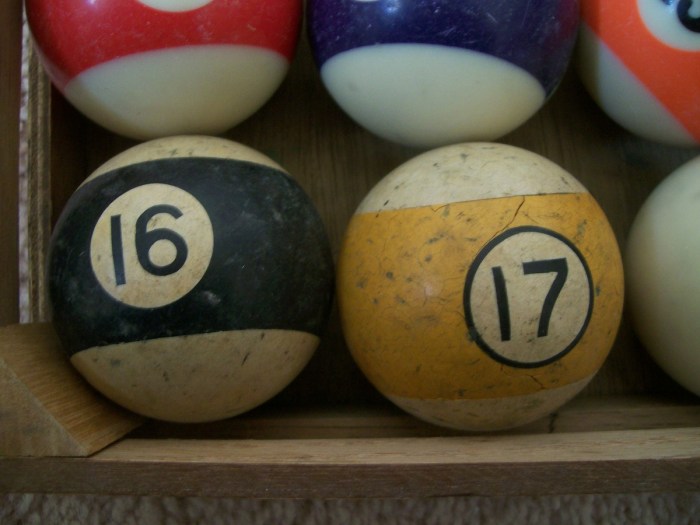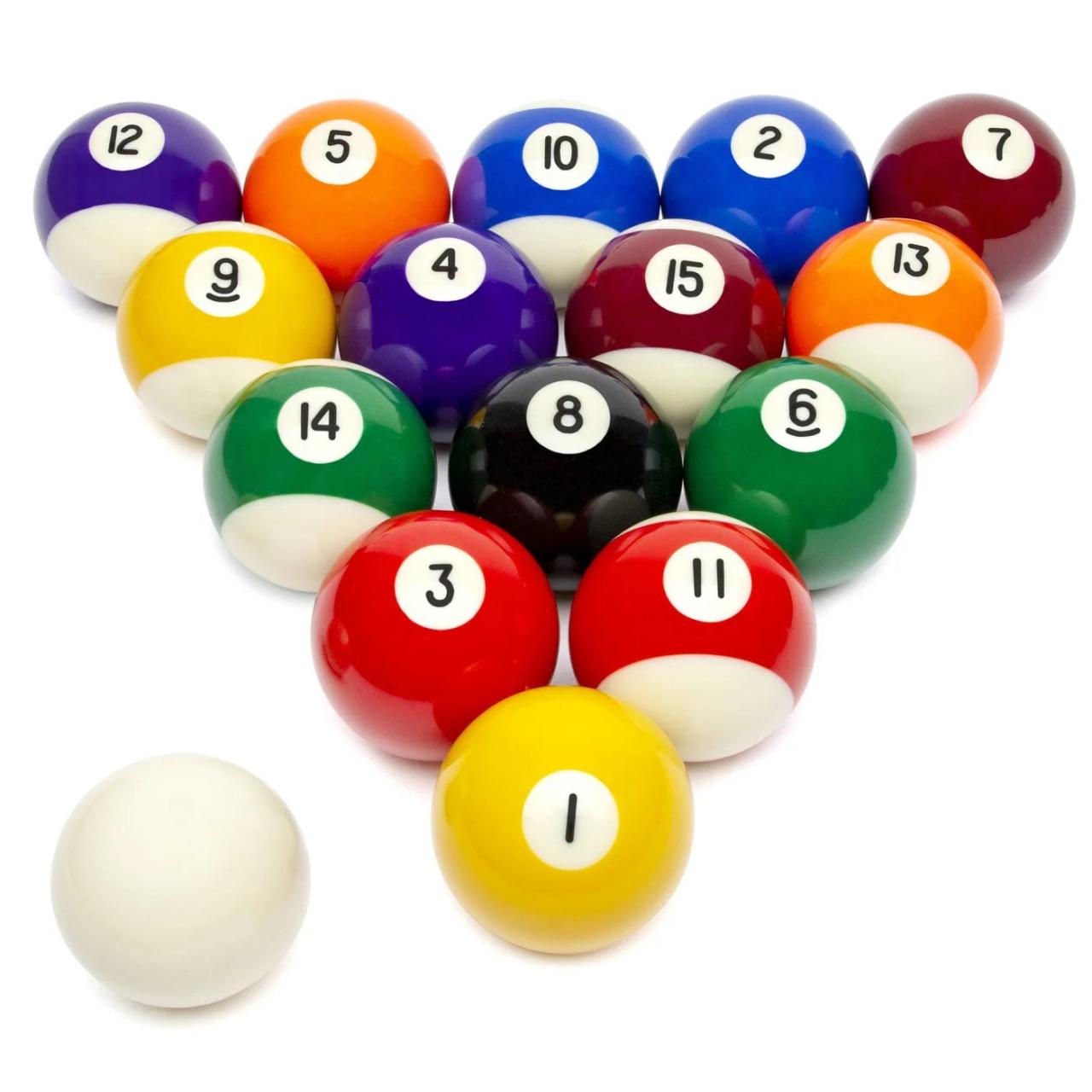A bowling ball and a billiard ball – Bowling balls and billiard balls, two distinct yet captivating spheres, hold a prominent place in the realm of sports and recreation. Their shared purpose as projectiles in precision-based games belies a fascinating array of similarities and differences that merit exploration.
This comprehensive analysis delves into the materials, design, gameplay, physics, history, and cultural significance of these iconic objects, shedding light on their unique contributions to the world of sports and beyond.
Similarities between a Bowling Ball and a Billiard Ball

Bowling balls and billiard balls share several similarities in their construction and performance.
Materials Used for Construction
Both bowling balls and billiard balls are typically made from a variety of materials, including polyester, urethane, and phenolic resin.
- Polyester is a durable and affordable material that is commonly used for both bowling and billiard balls.
- Urethane is a more reactive material that provides better grip and control, but is also more expensive.
- Phenolic resin is a hard and dense material that is used for high-performance bowling balls.
The choice of material affects the performance of the ball, with polyester balls being more forgiving and urethane balls providing more control.
Differences between a Bowling Ball and a Billiard Ball

Despite their similarities, bowling balls and billiard balls also have several key differences.
Size and Weight
Bowling balls are significantly larger and heavier than billiard balls.
| Characteristic | Bowling Ball | Billiard Ball |
|---|---|---|
| Diameter | 8.5-8.75 inches | 2.25 inches |
| Weight | 10-16 pounds | 5.5-6.5 ounces |
The larger size and weight of bowling balls allow them to carry more energy and knock down more pins, while the smaller size and weight of billiard balls make them more maneuverable and easier to control.
Purpose and Usage of a Bowling Ball and a Billiard Ball

Bowling balls and billiard balls are used for different purposes in their respective sports.
Bowling Ball
Bowling balls are used to knock down pins in the sport of bowling. They are thrown down a lane and must hit the pins at the end of the lane.
There are different techniques for throwing a bowling ball, including the straight ball, the hook, and the spare ball.
- The straight ball is thrown straight down the lane and hits the pins head-on.
- The hook is thrown with a spin that causes the ball to curve towards the pins.
- The spare ball is thrown to knock down the remaining pins after a strike or a spare.
Billiard Ball, A bowling ball and a billiard ball
Billiard balls are used to play a variety of games, including eight-ball, nine-ball, and snooker.
They are hit with a cue stick and must be pocketed into holes in the table.
There are different techniques for shooting a billiard ball, including the draw shot, the follow shot, and the masse shot.
- The draw shot is hit with backspin, causing the ball to slow down and drop into the pocket.
- The follow shot is hit with topspin, causing the ball to speed up and jump into the pocket.
- The masse shot is hit with a spin that causes the ball to curve around obstacles.
FAQ Summary
What are the primary materials used in the construction of bowling balls and billiard balls?
Bowling balls typically utilize a combination of polyester, urethane, or reactive resin, while billiard balls are commonly made from phenolic resin or polyester.
How do the sizes and weights of bowling balls and billiard balls differ?
Bowling balls have a larger diameter and weigh significantly more than billiard balls, with typical weights ranging from 10 to 16 pounds compared to billiard balls weighing around 5.75 ounces.
What are the key design features that contribute to the performance of bowling balls and billiard balls?
Bowling balls feature a core, coverstock, and surface texture that influence their hook potential and trajectory, while billiard balls have a uniform construction with a smooth surface to ensure precise ball control.
How do the physics of motion apply to bowling balls and billiard balls?
The principles of physics govern the trajectory, spin, and impact of both bowling balls and billiard balls, with factors such as velocity, spin rate, and coefficient of restitution playing crucial roles.